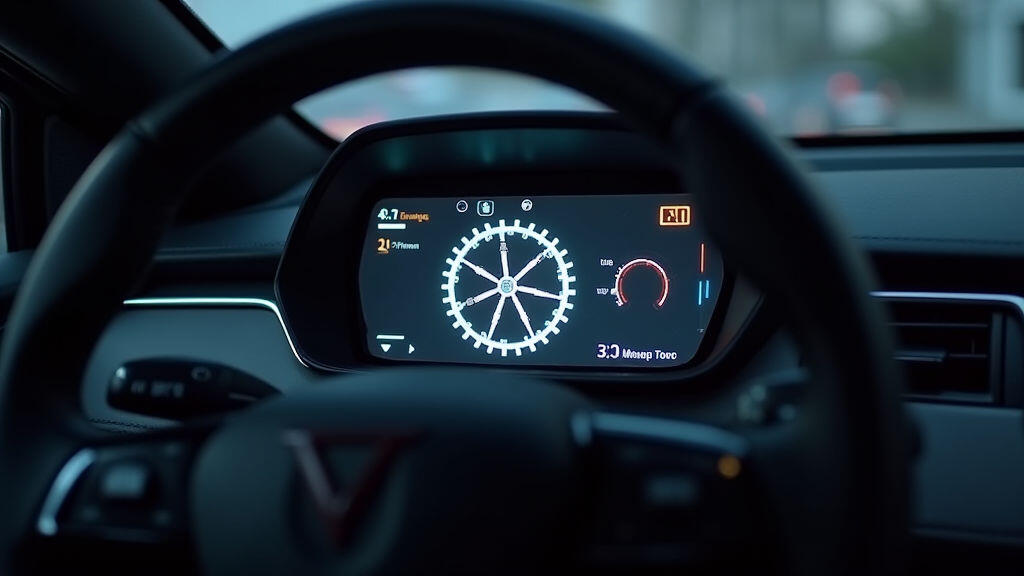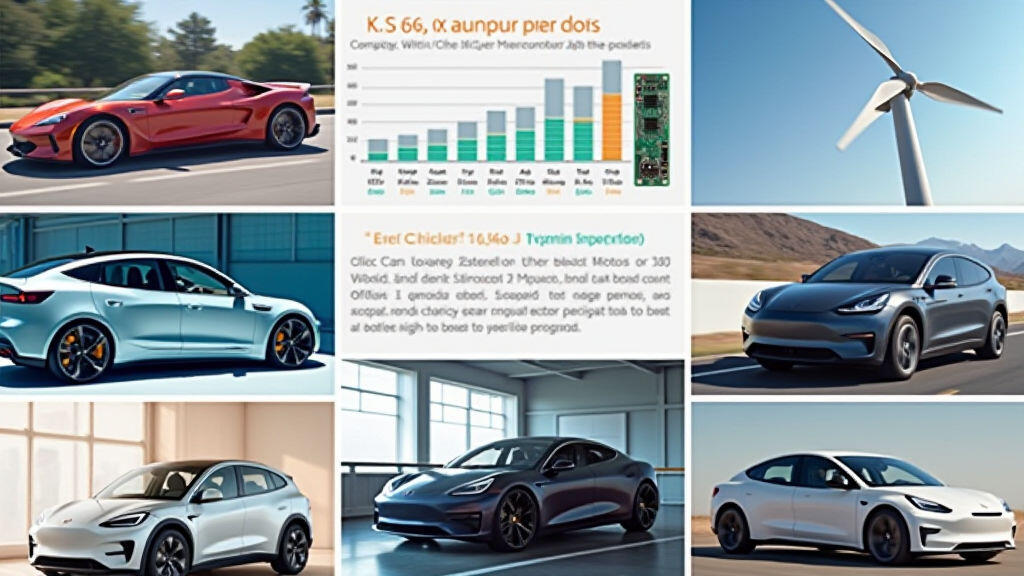Anjing Road, Xiaolan, Zhongshan, Guangdong, China
info@mes-drive.com
08.00 AM-09.00 PM

Trending Moment: In the last few months, the automotive world has been abuzz with the explosive growth of electric vehicles (EVs). From record-breaking sales in the U.S. and China to governments sprouting incentives for every plug‑in on the street, the shift to electric mobility is nothing short of a tectonic movement in global transport. The World Economic Forum’s latest mobility report now lists EVs as the “most transformational technology” of the decade, noting that by 2028, electric cars could occupy more than one‑third of all new car sales worldwide.
While autonomous driving, battery chemistry, and charging infrastructure dominate headlines, one pivotal component quietly sits at the heart of all this progress: the gear motor, also known as the reducer motor. These compact, highly efficient units translate high‑speed electrical input into powerful, torque‑rich output that drives wheels, manages steering, and powers auxiliary systems. In this article we will explore how the emerging trends in electric mobility are shaping demand for gear motors, and why this seemingly modest component is actually a cornerstone of the industry’s future.

At the core of every EV is a traction motor that converts stored electrical energy into mechanical motion. Unlike internal combustion engines that deliver power through a complex gear train, electric drivetrains can directly deliver torque thanks to the motor’s ability to produce peak torque at low RPM. However, achieving optimal power distribution to the wheels still requires a gear reduction step. This is where the gear motor (reducer motor) shines.
Modern gear motors blend a high‑speed electric motor with a precision gear train—often planetary or helical—into a single compact assembly. By reducing motor speed while amplifying torque, these units provide the high torque density needed for quick acceleration while maintaining efficiency. Manufacturers such as Bosch, Nidec, and Yaskawa—industry names associated with automotive-grade gear motors—are now scaling up production to meet automakers’ escalating EV targets.
In reaction to the World Bank’s announcement of a $5 billion green vehicle fund for emerging markets, automakers like Hyundai, Tesla, and newcomer Rivian are scaling production drastically. Each additional vehicle on the assembly line multiplies the demand for gear motors, which typically count from 400 to 1,000 units per model. This stacked growth is pushing supply chains to innovate faster and secure raw materials, ensuring delivery windows remain tight.
Beyond the sheer quantity, the EV market is demanding smarter gear motors. Driverless cars and advanced driver assistance systems (ADAS) require precise speed control and rapid torque response. Gear motors now incorporate sensors—such as Hall effect and optical resolvers—that feed real‑time data back to vehicle control units. These data streams enable sophisticated torque vectoring, active suspension adjustments, and regenerative braking optimization.
Recent breakthroughs in non‑ferrous alloys and 3‑D printed gear teeth have slashed weight by up to 15%, a game‑changer for battery efficiency. A lighter gear motor translates directly into smaller battery packs or longer driving range—two metrics most consumers obsess over when comparing EV models.
In a recent interview, a senior engineer at a leading EV OEM explained: “The synergy between the motor and the gear system is crucial. A well‑matched gear motor not only delivers the mechanical output we need but also reduces the electromagnetic losses that degrade battery life.” Such statements highlight how gear motors are increasingly integrated early into product design, moving from legacy parts to central functional components.
The rise of electric vehicles has reshaped the entire supply chain. In the U.S., policy revisions like the Infrastructure Investment and Jobs Act have earmarked funds for domestic EV supply chains, giving local gear motor suppliers a competitive edge. In China, the government’s “Made in China 2025” initiative pushes heavy domestic tech upgrades—fueling expansion for Chinese gear motor firms that now dominate domestic production at lower costs.
Asia-Pacific is not alone. European EV makers are also prompting a spike in gear motor demand, as EU regulation pushes for 55% zero‑emission vehicles by 2030. Manufacturer groups such as Vitesco Technologies and Magna Powertrain are creating partner‑centric ecosystems that bundle motor and gear subsystems, thereby simplifying integration for autohuis and reducing upfront engineering costs.
Meanwhile, beyond automotive, gear motors are transitioning into renewable energy. Wind turbines, particularly variable‑speed ones, rely heavily on high‑torque motor‑gear assemblies. As the global wind market eclipses the $120 billion per annum size last year, gear motor suppliers are leveraging the same high‑precision class engineering for both sectors, cross‑selling expertise and optimizing production lines.
Looking ahead, gear motors are poised to become smarter thanks to IoT integration. by embedding tiny microcontrollers and reporting health metrics, these motors can predict wear, prevent failures, and schedule maintenance. Automotive OEMs can now reduce downtime and lower warranty costs—critical when selling premium electric models on a global scale.
Data analytics predict that the global gear motor market will reach an estimated USD 17 billion by 2035, driven largely by EV demand. The pedal‑to‑speed revolution is therefore not just a headline: it’s a fundamental shift in industrial technology that places gear motors at the nexus of automotive, energy, and AI innovations.

Electric vehicles are unquestionably reshaping transportation, and their success hinges on efficient, reliable conversion of electrical energy into mechanical motion. Gear motors—smaller, precise, and increasingly smart—are the unsung engines that make this transformation possible. From accelerating city traffic to powering distant wind farms, their role grows with every new EV sold and every renewable project launched.
As governments, industry leaders, and consumers drive the shift toward cleaner mobility, the demand for high‑performance gear motors will surge uncontested. The future of automotive and clean energy is built on a foundation of solid, torque‑rich motion: the gear motor. Its silent work continues to bring us closer to an electrified world of faster, greener, and smarter journeys.
Leave A Reply
Your email address will not be published. Required fiels are marked